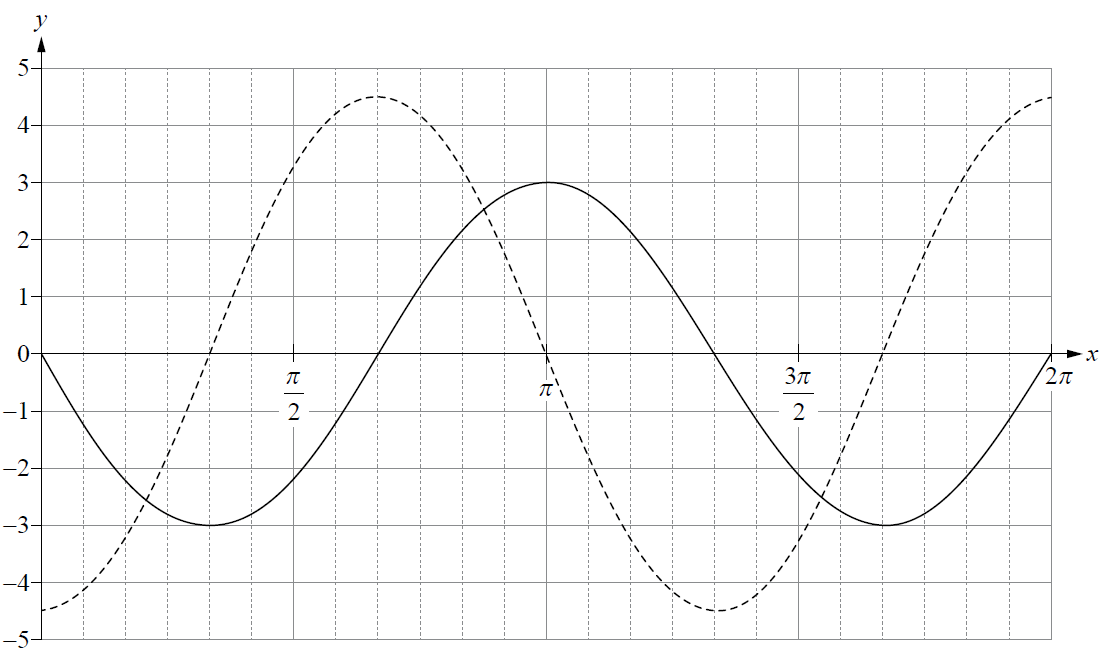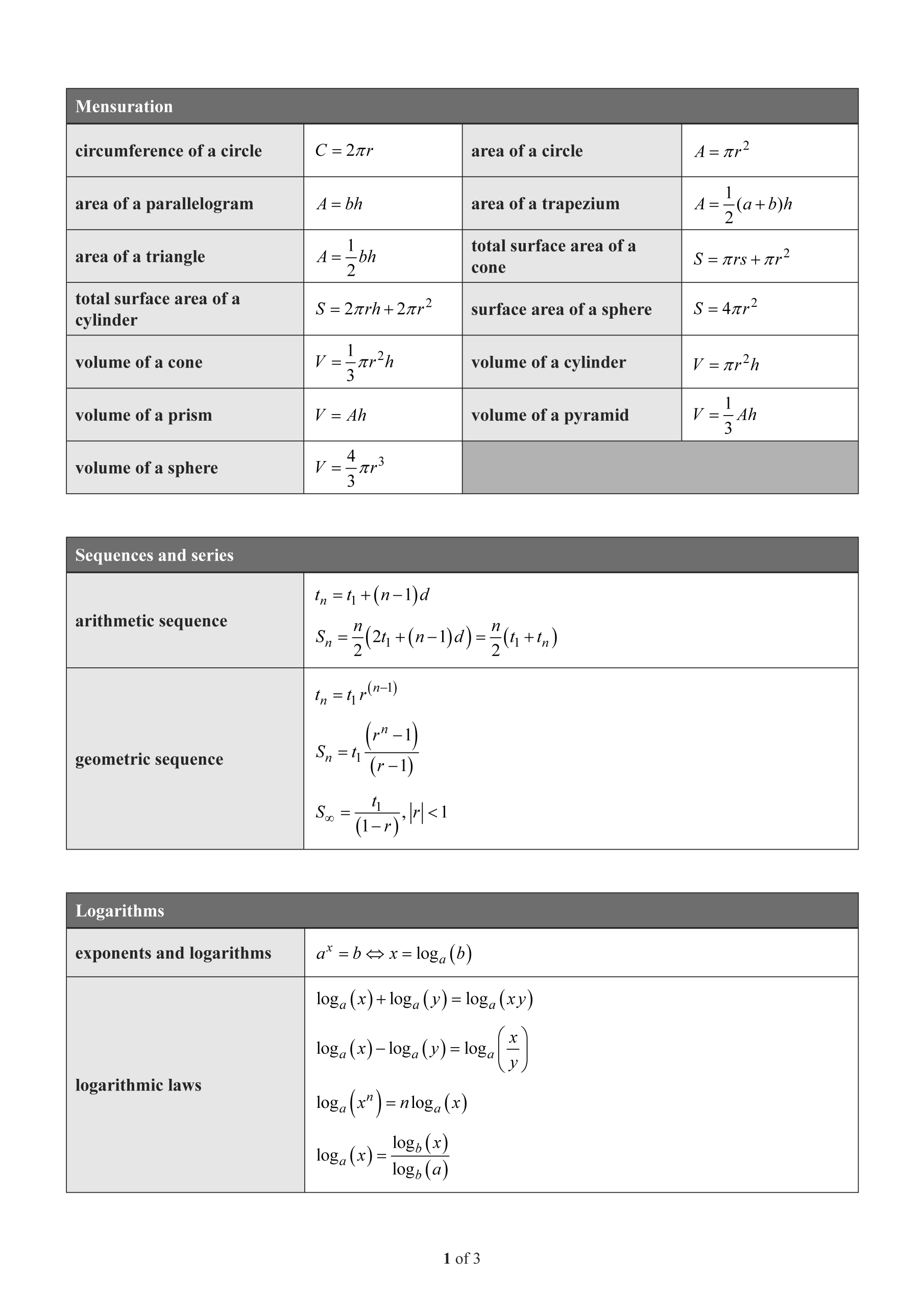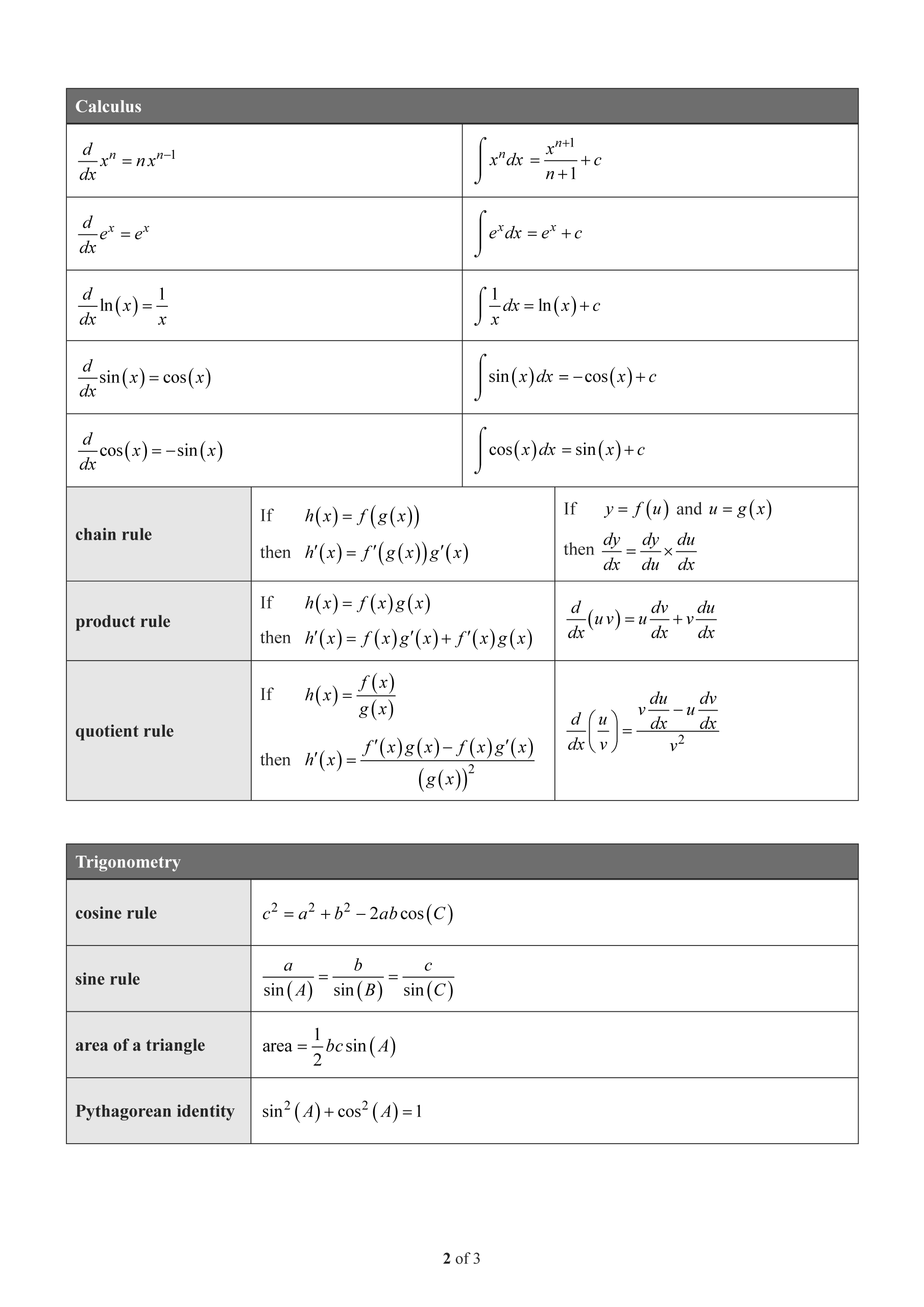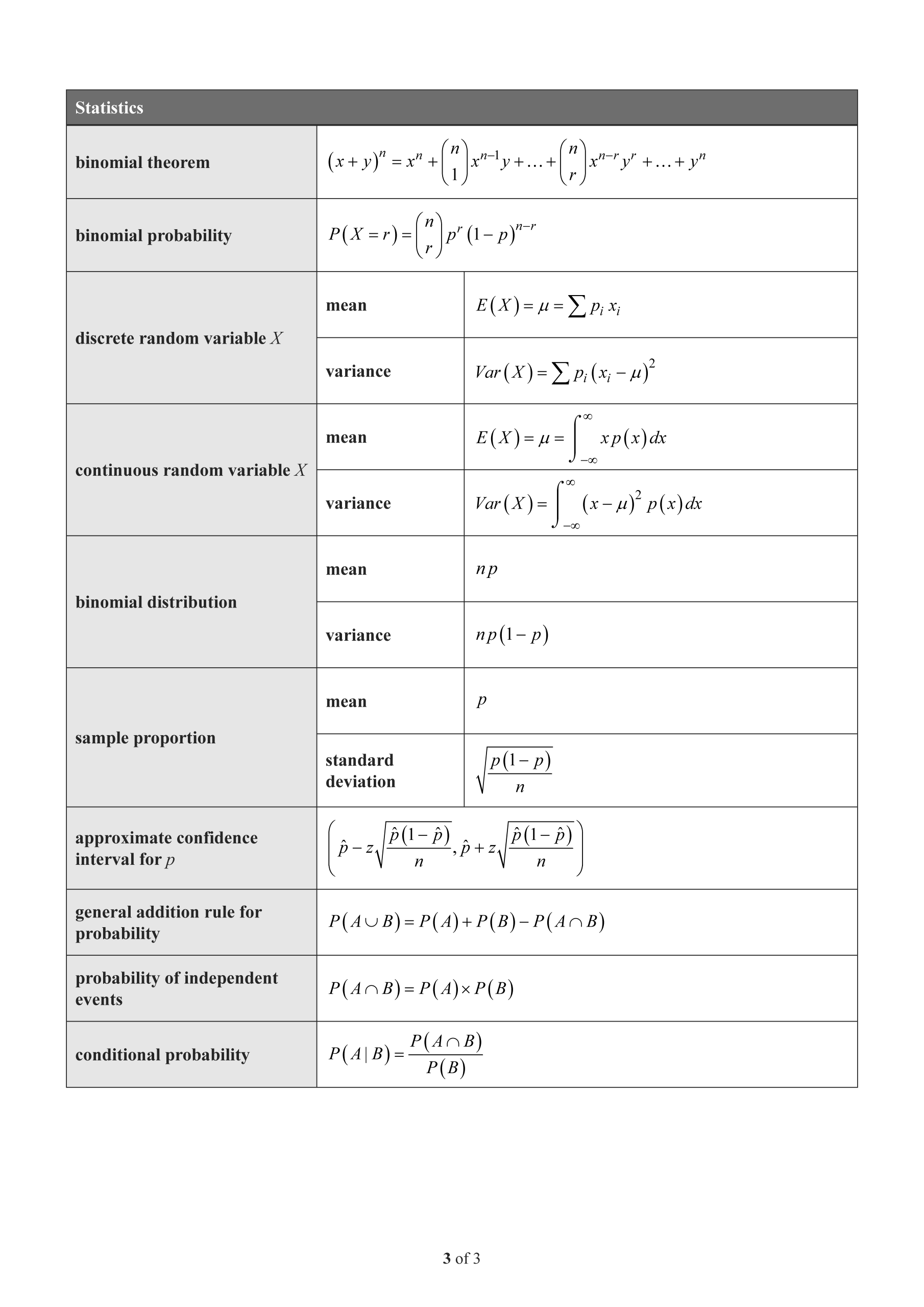QCAA Maths Methods Differential Calculus Mini Test 4
External Assessment Paper 1 — Technology-free
Number of marks: 10
Perusal time: 1 minute
Writing time: 15 minutes
Section 1
Instructions
• This section has 10 questions and is worth 10 marks.
• Use a 2B pencil to fill in the A, B, C or D answer bubble completely.
• Choose the best answer for Questions 1 10.
• If you change your mind or make a mistake, use an eraser to remove your response and fill in the new answer bubble completely.
The second derivative of the function (f(x)) is given by (f''(x) = frac{2x}{1+x^2}).
The interval on which the graph of (f(x)) is concave up is
- (A) (x < 0)
- (B) (x le 0)
- (C) (x > 0)
- (D) (x ge 0)
Section 2
Instructions
• Write using black or blue pen.
• Questions worth more than one mark require mathematical reasoning and/or working to be shown to support answers.
• If you need more space for a response, use the additional pages at the back of this book.
– On the additional pages, write the question number you are responding to.
– Cancel any incorrect response by ruling a single diagonal line through your work.
– Write the page number of your alternative/additional response, i.e. See page …
– If you do not do this, your original response will be marked.
• This section has nine questions and is worth 45 marks.
Two triangles are said to be similar if their corresponding angles are congruent and the corresponding sides are in proportion, e.g. if \(\triangle UVW\) is similar to \(\triangle XYZ\) then
\(\angle U = \angle X, \angle V = \angle Y\) and \(\angle W = \angle Z\) and \[ \frac{UV}{XY} = \frac{VW}{YZ} = \frac{UW}{XZ} \]
Two parallel walls \(AB\) and \(CD\), where the northern ends are \(A\) and \(C\) respectively, are joined by a fence from \(B\) to \(C\). The wall \(AB\) is 20 metres long, the angle \(\angle ABC = 30^\circ\) and the fence \(BC\) is 10 metres long.
A new fence is being built from \(A\) to a point \(P\) somewhere along \(CD\). The new fence \(AP\) will cross the original fence \(BC\) at \(O\).
Let \(OB = x\) metres, where \(0 < x \le 10\).
Determine the value of \(x\) that minimises the total area enclosed by \(\triangle OBA\) and \(\triangle OCP\). Verify that this total area is a minimum.
A section of the graphs of the first and second derivatives of a function are shown.

Sketch a possible graph of the function on the same axes over the domain \(0 \le x \le 2\pi\). Explain all reasoning used to produce the sketch.
Note: If you make a mistake in the graph, cancel it by ruling a single diagonal line through your work and use the additional response space on page 17 of this question and response book.
END OF PAPER


